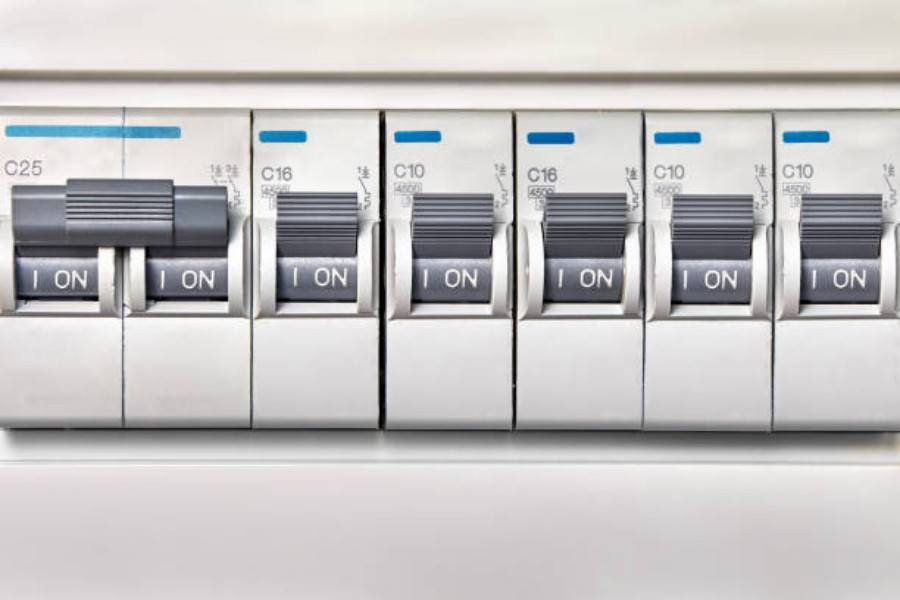Table of Contents

Introduction
When it comes to electrical systems, safety can never be overlooked. This is where double pole circuit breakers come into play. They are one of the most important components of electrical setups, especially those in residential and commercial buildings.
What is a Double Pole Circuit Breaker?
A double pole circuit breaker is a device that is designed to protect electrical circuits from overloading and short circuits. It is built to trip and cut off power to the circuit in case of abnormal levels of current flowing through it. Unlike a single pole breaker, a double pole breaker uses two separate 120-volt circuits, thus providing 240 volts of power.
How Does a Double Pole Circuit Breaker Work?
When the current flowing through a circuit exceeds the rating of the breaker, the breaker trips and cuts off power to the circuit. This mechanism is triggered by a bi-metallic strip that bends and opens the breaker switch. The strip is designed to react differently to different levels of current, allowing the breaker to trip only when the current is above a certain threshold. This ensures that minor fluctuations in current do not cause the breaker to trip unnecessarily.
Advantages of Using a Double Pole Circuit Breaker
There are several advantages to using a double pole circuit breaker:
- They provide greater protection against overloading and short circuits than single pole breakers.
- They are designed to trip automatically when there is a problem, which reduces the risk of electric shock and fire.
- They are easy to install and operate.
- They are reliable, durable, and long-lasting, making them a cost-effective option in the long run.
Types of Double Pole Circuit Breakers
There are two main types of double pole circuit breakers:
- Square D QO Double Pole Circuit Breaker
- Square D Homeline Double Pole Circuit Breaker
Both types are popular and widely used in residential and commercial settings, and they provide similar levels of protection against overloading and short circuits. However, they differ in terms of their design, features, and price points.
How to Install a Double Pole Circuit Breaker
Installing a double pole circuit breaker requires some basic electrical knowledge and skills. Here are the steps involved:
- Turn off the main power supply.
- Locate the circuit panel and remove the cover.
- Identify the double pole breaker slot and snap in the breaker.
- Connect wires to the breaker and tighten the screws.
- Turn on the main power supply and test the circuit to ensure it is working properly.
Common Issues with Double Pole Circuit Breakers
Although double pole circuit breakers are reliable and durable, they can sometimes develop problems that require attention. Some common issues include:
- Circuit breaker trips too frequently.
- Circuit breaker fails to trip when there is an overload or short circuit.
- Circuit breaker handle feels loose or wobbly.
- Circuit breaker emits a buzzing or humming noise.
When to Replace a Double Pole Circuit Breaker
Double pole circuit breakers are designed to last for many years, but they can eventually wear out and become less effective. Here are some signs that indicate it may be time to replace your double pole circuit breaker:
- The breaker trips frequently, even when there is no overload or short circuit.
- The breaker handle feels loose or wobbly.
- The breaker emits a buzzing or humming noise.
- The breaker shows signs of physical damage or wear and tear.
Conclusion
Double pole circuit breakers are an essential component of modern electrical systems, providing protection against overloading and short circuits. They are easy to install, reliable, and long-lasting, making them an ideal choice for homeowners and business owners alike. By understanding how they work and how to maintain them, you can ensure that your electrical system remains safe and efficient for years to come.
